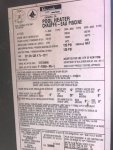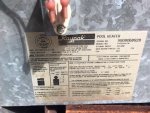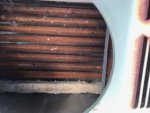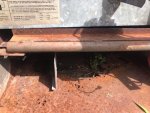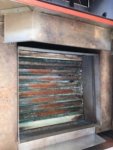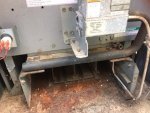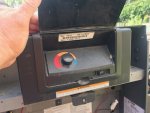Raypak 156a 150k BTU is 14% smaller than my current one.
Raypak 206a and RP2100 200k BTU are 14% larger than my current one.
Besides BTU differences, I don't see significant differences between all these. They all have extruded copper tubes, on-demand pilot, automatic bypass, self-adjusting burners. 206a looks like it has fancier diagnostics (flame strength, supply voltage, run time, cycles). Am I missing something, or can I largely base my purchase on price?
On the way to the heap, I'm going to try to tear into the heat exchange pipe. I want to see what my persistently low pH did to the pipes (if anything).
I REALLY want to get more than 7 years out of the next heater. Are there any upgrades at purchase time that are worthwhile? Commercial (ASME copper fin tube)? Obviously some form of annual maintenance (duh). Possibly (probably?) annual professional maintenance?
Raypak 206a and RP2100 200k BTU are 14% larger than my current one.
Besides BTU differences, I don't see significant differences between all these. They all have extruded copper tubes, on-demand pilot, automatic bypass, self-adjusting burners. 206a looks like it has fancier diagnostics (flame strength, supply voltage, run time, cycles). Am I missing something, or can I largely base my purchase on price?
On the way to the heap, I'm going to try to tear into the heat exchange pipe. I want to see what my persistently low pH did to the pipes (if anything).
I REALLY want to get more than 7 years out of the next heater. Are there any upgrades at purchase time that are worthwhile? Commercial (ASME copper fin tube)? Obviously some form of annual maintenance (duh). Possibly (probably?) annual professional maintenance?


